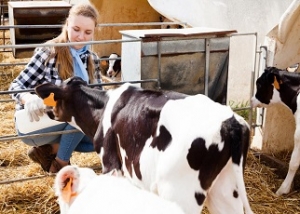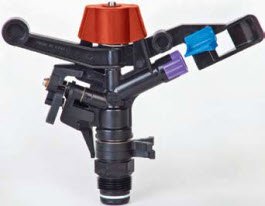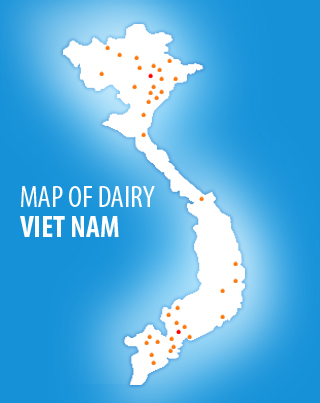News
Canadian Farmers Share How They Care for Calves

Results of the qualitative study, led by researcher Elizabeth Russell, were published in the January 2022 edition of the Journal of Dairy Science. Eighteen dairy owners and calf managers from 16 farms were interviewed, with herd sizes ranging from 75 to 540 lactating cows.
Of the 16 herds represented, 11 fed whole milk and 5 fed milk replacer. Three herds had automatic milk feeders (AMF). The highest milk allowance per calf for all herds was 16 liters per day, while the lowest was 4 liters per day.
Weaning age ranged from 57 days to 4 months. All but 2 of the herds observed a gradual weaning process that stepped down milk rations incrementally for 1 to 3 weeks prior to final weaning.
Doubling birth weight was noted by several calf raisers as a way to gauge success in the preweaned phase, with some using that benchmark to decide when to start weaning. One participant noted, “…By 50 days, they’re double their birth weight. Why bother feeding them an expensive product when they can move off…?”
Personal experience and tradition were shown to dictate many of the practices and routines that participants followed. Weaning, for example, often was based on trial and error and what individual producers found to work best on their farms.
“I’ve been taking care of calves on this farm since … elementary school,” shared one participant. “So, I’ve really watched [the calves]; I’ve learned what seems to make them happy, what works.” Another producer said, “I’ve been doing this all my life, but it’s a mix of things I’ve learned over the years and maybe [I am] set in my ways, I don’t know.”
That’s not to say the collective group did not embrace change, however. Those who had adopted autofeeders praised the technology’s benefits in delivering high levels of nutrition, streamlining labor, and making the weaning step-down process seamless and automatic.
One producer noted extreme improvement in calf respiratory health after installing a positive-pressure ventilation tube in his calf barn. And another observed drastically improved socialization of calves after moving them from hutches to group pens with autofeeders.
“They’re kicking up their heads and bellering and you just see they’re having fun; they’re playing with each other,” she stated. “So, I [would have] a really hard time putting calves back in a hutch when I see how well they are doing in a group setting.”
Several participants cited their herd veterinarian as their top trusted source of calf-rearing advice. Some were enrolled in veterinarian-driven calf management programs that included testing IgG levels, weighing calves, administering vaccines, and disbudding.
Fellow calf raisers also were cited as a valued source of advice and innovative ideas, as were attending educational meetings and conferences, and reading articles in trade magazines. Changes made as a result of those sources included feeding higher milk allowances; implementing step-down weaning; and switching to pair housing.





















